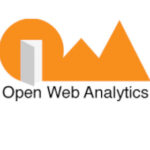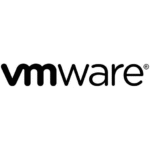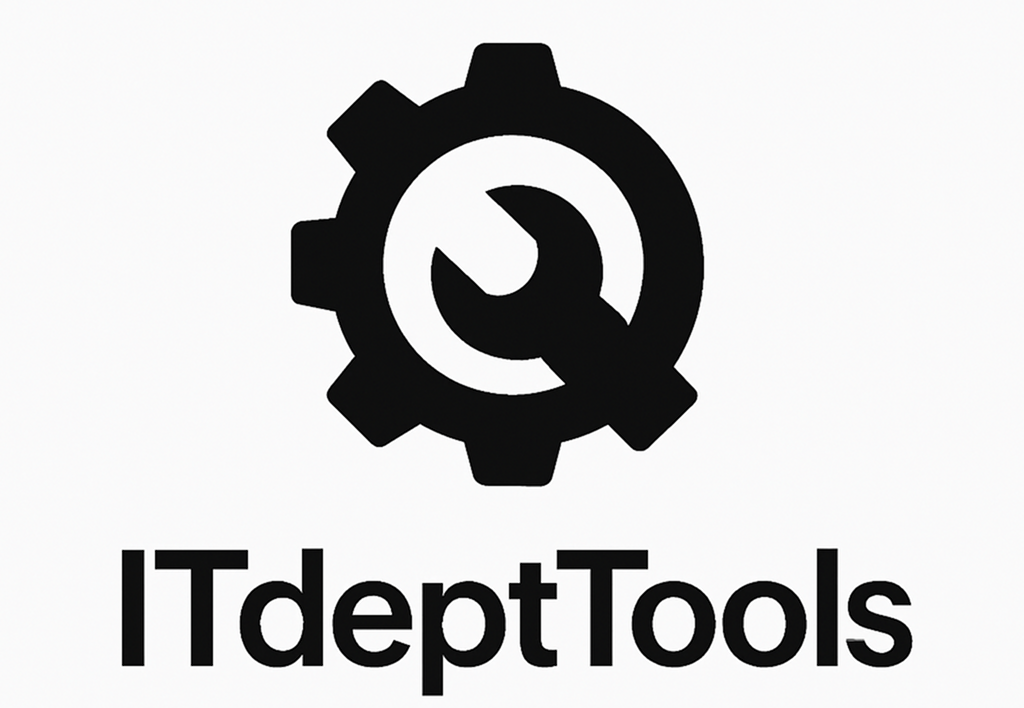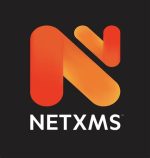Tools for System Administrators
Software

Clavier+ is one of those tools you forget about — until you rebuild a workstation and realize how much time those few hotkeys were saving you. It’s not fancy. It doesn’t sync to the cloud or come with a 30-page manual. But it gets the job done — fast, quiet, and exactly how you told it to.

Project Mercury is a minimalist fix for a real-world annoyance: Windows not knowing what you actually care about right now. It doesn’t try to be everything. It just makes your active app faster — and that’s usually enough.

Personal Backup is the kind of tool you keep on your flash drive or your toolkit folder — quiet, dependable, and never trying to outsmart you. It gives you the freedom to build backup routines exactly how you want them, and then gets out of the way. For sysadmins who don’t need hand-holding and prefer precision over polish, this one’s worth having on hand.

SyncBackFree isn’t trying to be clever — and that’s its strength. It’s a simple, configurable backup and sync tool that respects your time and system resources. For admins who just want the files where they’re supposed to be — without installing a whole infrastructure — it’s a solid, dependable choice that’s been around long enough to be trusted.

FBackup isn’t sexy, modern, or packed with enterprise features. But it’s honest. It backs up files. It runs when you tell it to. And when something fails, it’ll show you why. That’s more than can be said for some tools that cost money. If you need a low-stress, no-budget backup option that works on real-world PCs — this one’s worth throwing on a USB stick and keeping around.

Iperius Backup Free isn’t pretending to replace your enterprise backup system — and that’s the point. It’s a reliable, quiet little workhorse for basic file backups in Windows environments. If you’ve got folders that matter, and just need them backed up somewhere else, this tool will do it — with no surprises and no sales pitch.

Mail-in-a-Box tries to make that a bit less painful. It’s not a mail client, and it’s not a dashboard on top of someone else’s hosting — it’s a full-stack, all-in-one mail system you install on a single Ubuntu server. One script sets up everything: Postfix, Dovecot, Nextcloud for file sync, a DNS server (optional), Let’s Encrypt certs, spam filtering, and a management UI.

Look, it’s not pretty. It’s not cloud-native. It’s not for production-scale messaging. But when you need a mail server on Windows that doesn’t pull you into a week-long project, hMailServer shows up, doesn’t complain, and just… works.

MailStore Home does one thing really well: it keeps your email yours. If you’ve ever lost access to an account, had to dig for a years-old PDF, or wanted a searchable backup that doesn’t depend on Google, this is the tool that quietly solves all of that.

FreeCommander isn’t about reinvention — it’s about getting control back. For users who handle files all day, it brings structure and speed to what’s usually a clumsy task in standard Explorer. It’s not for everyone, but for power users who want something predictable and fast, it fits right in.

When you need a no-fuss, speedy file manager that feels like home but gives you just enough extra muscle, Explorer++ delivers. Slip it on a USB stick, keep it in your toolkit, and never wrestle with Explorer windows again.

Honestly, if you need a slick, portable, two-pane file manager that doesn’t cost a dime and doesn’t get in your way, FreeCommander XE is that go-to tool. Give it a spin—you might find yourself wondering how you managed without it.

One Commander elevates Windows file management with a blend of speed, versatility, and modern features. By consolidating file operations, previews, and repository insights into a single interface

EventSentry Light doesn’t scream for attention. It doesn’t load you up with charts or fancy graphs. What it does is keep an eye on your Windows boxes — the event logs, the services, the creeping issues you might miss — and lets you know when something changes. If you need clean, reliable monitoring without handing over your logs to someone else’s server… it’s a solid, underrated choice.

Open Web Analytics is what you reach for when you want just enough web visibility — without opening your users up to third-party tracking. It doesn’t try to sell you marketing integrations or funnel optimization tools. It gives you visits, clicks, referrers, goals — and it does it quietly, under your control. For internal IT, compliance-sensitive apps, or privacy-conscious deployments, it gets the job done.

LogExpert is the kind of tool you don’t realize you needed — until the next time you’re knee-deep in logs and Notepad++ just isn’t cutting it. It doesn’t try to do too much. It just makes log reading tolerable — even enjoyable — for Windows admins who deal with noisy, unstructured messes every day.

Graylog doesn’t try to be sleek. It doesn’t shout “observability” in neon lights. It’s built by people who know what logs are for — figuring out what happened, why, and when. If your infrastructure spans servers, devices, cloud services, and weird appliances… Graylog is the kind of quiet, competent tool you’ll lean on more than you expect.

PingPlotter Free won’t replace your monitoring stack, but it will solve problems. It turns vague hunches into hard proof. It catches the drop that happened five minutes ago — and shows where it happened in the route.

LANMonitor isn’t new. It doesn’t pretend to be modern. But when you need eyes on a LAN — right now, from a Windows laptop, without deploying anything — it quietly gets the job done

The Dude isn’t trying to compete with Zabbix, Nagios, or PRTG. It’s not built for multi-data center observability. But when you want quick answers, clear visuals, and real-time feedback on a local network — it delivers. It’s especially good as a first-layer map and monitor for small IT teams, edge offices, schools, and MSPs with constrained resources.

LiteManager Free isn’t here to compete with flashy SaaS tools or polished RMM platforms. It’s for admins who just want fast, stable access to remote Windows systems — with no cloud login, no license server, and no hidden costs. If you’ve got a small fleet, tight restrictions, or just want something that works over LAN without crying home, it’s a tool worth keeping in your kit.

Remote Utilities Free is what you throw on your flash drive when you’re setting up remote access and don’t want surprises. It works on LAN. It works over the internet. It installs quietly

ScreenConnect self-hosted is the kind of tool you install once — and it just stays. No monthly fees, no SaaS lock-in, no watching your session count spike because someone logged in from their phone

DameWare Mini Remote Control isn’t trying to reinvent the wheel. It just gives Windows admins a fast, no-cloud, no-BS way to take over remote machines and do their jobs. Whether you’re running a helpdesk or just need to manage dozens (or hundreds) of endpoints quietly and locally — it’s one of those tools that earns its keep without making a fuss.

GlassWire Lite doesn’t try to be a SIEM or a policy enforcement tool. It’s for moments when you say: “What was this machine doing earlier today?” and want a clear, fast answer — with pictures, not packet captures.
It’s perfect for light auditing, usage tracking, or just getting a grip on which apps like to call home — and when.

Comodo Firewall Free gives you what most firewalls take away: the ability to decide. Not just accept defaults. Not just rely on reputation databases. If a binary starts reaching out to a new IP — you see it. And if you don’t like it, you block it.

NetLimiter Free is one of those rare tools that doesn’t need to do everything. What it does — show who’s talking, how much, and let you stop them — it does well

SimpleWall is what Windows Firewall should’ve been from the beginning: user-facing, predictable, and actually usable. It doesn’t try to be flashy, but it does exactly what most admins need — stop unknown traffic cold and let you decide what goes out.

If you’re after a no-fuss, web-based KVM manager that gets out of your way, VMmanager Free is your go-to. It’s not trying to be everything—it’s just trying to do the basics extraordinarily well. And hey, when you outgrow it, the path to a paid upgrade is already built in.

XCP-ng Center isn’t about flashy dashboards or vendor lock-in—it’s about giving seasoned administrators a crisp, responsive console that ties together every facet of their XCP-ng environment. If you value direct control, clear performance insights, and seamless live operations—without the overhead of heavyweight management suites—this is the tool that keeps your virtualized world running smoothly.

ESXi Free gives you the core of VMware’s enterprise hypervisor — and lets you use it, forever, on your own terms. No watermarks, no shutdown timers, no hidden limits. Just no-frills, production-grade virtualization for people who know what they’re doing.

There are times when a full hypervisor stack is overkill. For quick test environments, throwaway lab setups, or legacy system emulation, VirtualBox still proves useful. It’s not modern in the cloud-native sense, and it doesn’t pretend to be. But it runs reliably on most desktops, doesn’t ask for a license, and gets out of the way.




